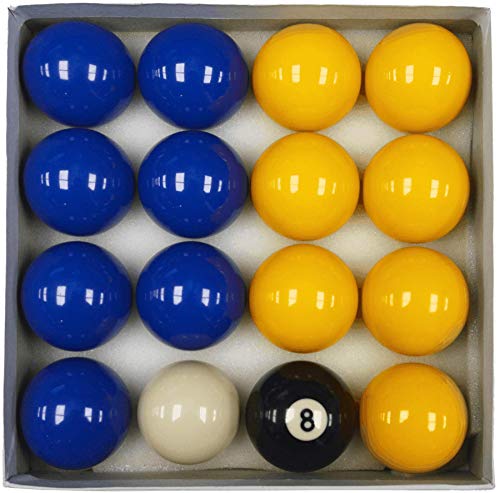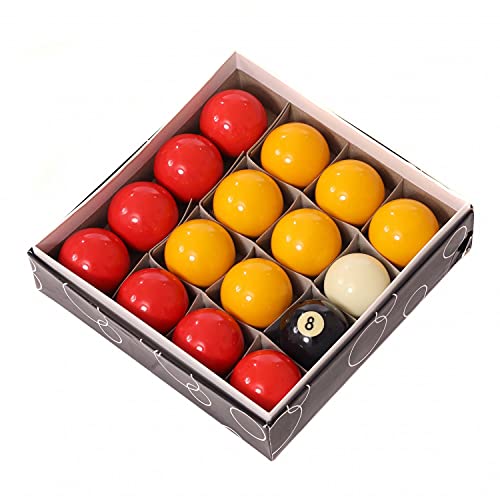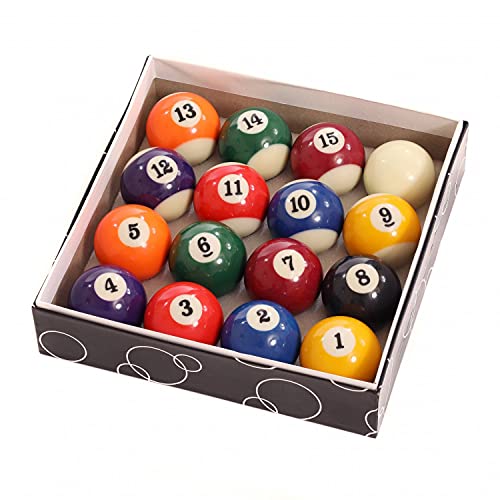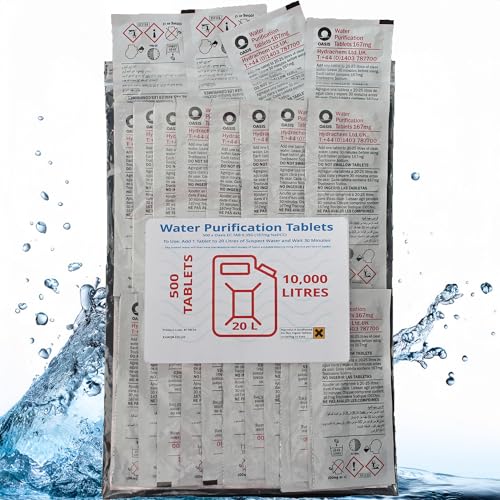Understanding Different Types of Pool Balls: A Comprehensive Overview
The Basics of Pool Balls
When it comes to pool games, the type of balls you use can greatly influence your experience. The most common types are the standard set of 16 balls, which includes the numbered balls (1-15) and the cue ball. These balls come in two categories: solid balls numbered 1-7 and striped balls numbered 9-15. In addition to the standard set, there are also special purpose balls like snooker balls and carom balls, which differ in size, weight, and colour.
Different Games Require Different Balls
If you’re an avid player, understanding the difference between balls is crucial. For instance, a snooker game requires the use of smaller balls (the balls are red, yellow, and white) and a different table size compared to standard pool. Alternatively, carom games might require a set of three balls, usually red, white, and a yellow ball. Each game has its own unique requirements, making it important to choose the right type of ball for the right game to enhance your playing experience.
Choosing the Right Material for Your Pool Balls: What We Recommend
The Main Materials Used
Generally, pool balls are made from two primary materials: polyester and phenolic resin. Polyester balls are more affordable and can be a good option for casual players. However, if you’re serious about your game, we recommend investing in phenolic resin balls. These are more durable, provide better performance, and offer a consistent roll due to their density.
Why Material Matters in Performance
The choice of material affects not only the durability of the balls but also how they interact with the cue stick and the table felt. Phenolic resin balls are resistant to chipping and cracks which can improve your game in the long run. With a smoother surface and greater density, this material allows for better control and a more predictable reaction, which is vital for serious players.
Pool Ball Sizes and Weights: Finding the Perfect Fit for Your Game
Understanding Size Standards
Standard pool balls typically come in two sizes: the 2.25-inch balls used for American-style pool and the smaller 2-inch balls used for snooker. Depending on the style of play you prefer, selecting the correct size not only ensures you’re playing by the correct rules but can also affect your comfort and control during the game.
Weight Considerations for Better Play
The standard weight for pool balls is around 5.5 to 6 ounces. Heavier balls can provide a different feel and are often preferred by players who enjoy a more stable shot. However, lighter balls are easier to control for beginners. We recommend trying out different weights to determine what feels best for you, ensuring a balance between comfort and performance.
Maintaining Your Pool Balls: Tips for Longevity and Performance
Cleaning Your Pool Balls Regularly
To keep your pool balls in great condition, regular cleaning is essential. Use a soft cloth and warm, soapy water to gently wipe them clean after each use. This helps remove chalk dust and oils that accumulate, preserving the surface and ensuring your balls roll smoothly.
Storage Solutions for Longevity
Proper storage can also prolong the life of your pool balls. Store them in a dedicated case or rack, away from direct sunlight and extreme temperatures. This reduces the risk of scratches and keeps the balls looking their best while preventing any warping or damage.
Top Brands Reviewed: Our Recommendations for Quality Pool Balls
Understanding Brand Quality
When investing in pool balls, brand reputation can give you a good indication of quality. Brands like Aramith and Brunswick are known for their exceptional craftsmanship and materials. We recommend looking into these brands if you want durability and performance, as they often produce phenolic resin balls that stand the test of time.
What to Look for in a Good Brand
Aside from brand name, consider factors like the types of materials used, warranty options, and customer reviews. High-quality brands usually provide a warranty, as they stand behind their products. Take the time to read through customer feedback and experiences, as these insights can help guide your purchasing decision.


































